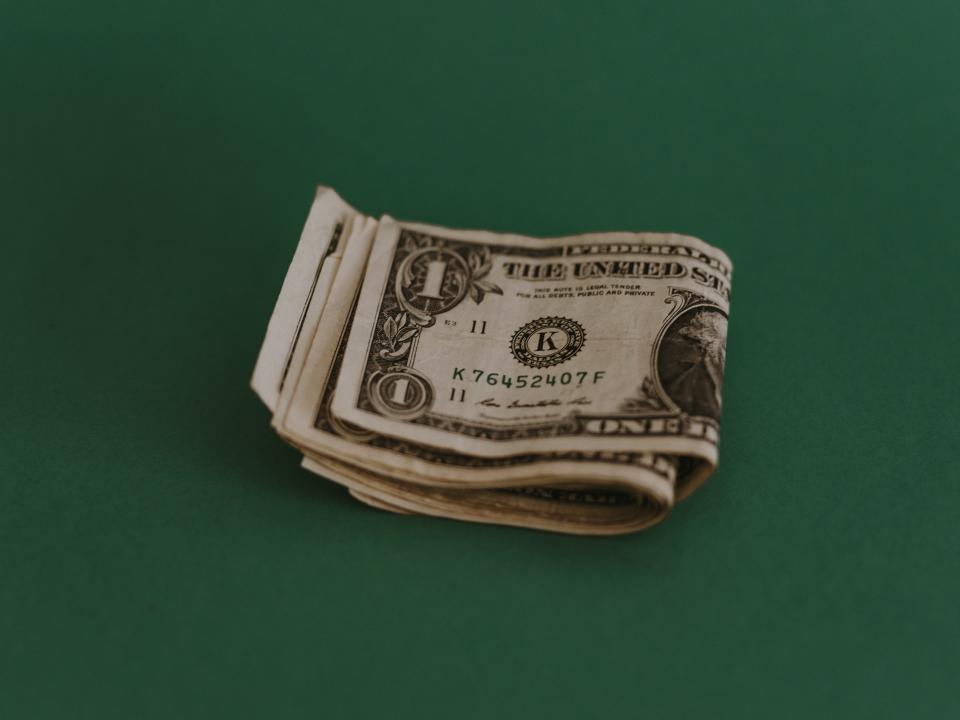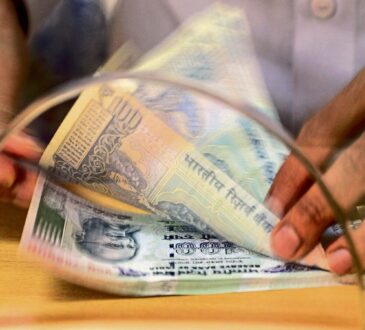
We recently prepared a comprehensive report of the 20 Countries Using the US Dollar as Currency (Or Pegged to It). In this free report, we have discussed each country in detail.
Currency pegging refers to when a country attaches its exchange rate to another currency or another measure of value, such as gold. Countries that have their currencies pegged to USD use monetary policies like buying or selling reserve assets to manage their currency value.
Moreover, some countries have dollarization in place. Dollarization refers to when a country adopts USD as its official currency — as a medium of exchange or legal tender, alongside or instead of its domestic currency. Dollarization is more common in developing countries with a weak domestic currency or an unstable economic environment as dollarization lowers inflation rates and enhances policy credibility, encouraging foreign investment. Some countries also go for dollarization because of the hyperinflation of their domestic currency. For instance, Zimbabwe opted for the US dollar and other currencies after abandoning its domestic currency in 2009 to escape hyperinflation.
For over 75 years, the United States Dollar has been the world’s primary reserve currency. It dates back to the mid-1940s when the Bretton Woods system was established with the aim of creating an efficient foreign exchange system. The system prevented competitive devaluations of currencies and encouraged international trade and economic growth. Under it, the US dollar was pegged to gold, and other currencies were pegged to the US dollar.
However, in the 1970s, the Bretton Woods system collapsed completely. Since then, there have been mild fluctuations in the dollar’s exchange rate. Today, the rise of other global economic powers, like China and Japan, threatens the supremacy of the US dollar. In addition to other currencies gaining strength, extensive trade sanctions by the US government have also driven some countries to transact in currencies other than the US dollar.
For instance, the US Treasury Department imposed unprecedented sanctions on Russia following the invasion of Ukraine in February 2022 to hold it “accountable for its premeditated and unprovoked invasion.” Freezing the US dollar reserves of a sovereign state has left countries with different geopolitical interests than the US, such as China or the Gulf states, questioning their dependency on the dollar. Following such events, many countries consider diversifying their reserves rather than putting all eggs in one basket.
In fact, Brazil’s president, Luiz Inácio Lula da Silva, urged BRICS countries to develop a new currency and move away from the dollar. In the words of Luiz Inácio Lula da Silva, as reported by The Financial Times,
“Why can’t we do trade based on our own currencies?”
For the US currency, this is a point of concern as it opens the door for more currency options in trade for the entire world. Despite this, assuming the US dollar will eventually step down as the world’s top reserve currency is still a far-fetched theory. As of 2024, the US dollar still remains the number one currency in the world in terms of power.
According to the IMF data, 58.4% of the total global foreign reserves in Q4 2023 were in US dollars, which makes around $6.687 trillion. However, compared to the global foreign reserves in 2000, the share of the US dollar in foreign reserves has declined from 71% to 58.4% in 2022, according to the FEDA. However, it still far surpassed all other currencies, including the Euro (19.98%), Japanese yes (5.70%), and Pounds Sterling (4.84%). In other words, the US dollar has no close competition — dollarized countries, and those pegged to the US dollar, remain at an advantage.
Some of the top financial institutions, such as JPMorgan Chase & Co. (NYSE:JPM), Bank of America Corporation (NYSE:BAC), and Wells Fargo & Company (NYSE:WFC), are key players in facilitating transactions involving other currencies.
JPMorgan Chase & Co. (NYSE:JPM), the largest multinational finance company in the US, had $3.875 trillion in assets and $303 billion in stockholders’ equity as of March 2023. With over 4,800 branches and 15,000 ATMs nationwide, JPMorgan Chase & Co. (NYSE:JPM), offers consumer, business, and investment services. As one of the leading providers of foreign exchange worldwide, J.P. Morgan processes payments in over 120 currencies and receives in more than 40. According to the data shared by J.P. Morgan’s Corporate and Investment Bank, between 2017 and 2022, 47% of total global currencies were converted into the US dollar.
Meanwhile, Bank of America Corporation (NYSE:BAC), the second-largest bank in the US, reported total assets worth $3.180 trillion as of December 31, 2023. The company has over 3,700 branches across the US and numerous international locations, offering various financial services to individuals and businesses. According to Federal Deposit Insurance Organization data, as of December 31, 2023, Bank of America Corporation (NYSE:BAC) reported 1.90 trillion domestic deposits.
On the other hand, Wells Fargo & Company (NYSE:WFC) is the fourth-largest bank in the US. As of December 31, 2023, the company had $1.73 trillion in consolidated assets and $1.706 trillion in domestic assets. On February 29, 2024, Bank of America Corp.’s (NYSE:BAC) Merrill Lynch and Wells Fargo & Company’s (NYSE:WFC) brokerage unit announced to offer access to exchange-traded funds (ETFs) that directly invest in Bitcoin, reported via Bloomberg Law. The main development for this decision came from seeing the record one-day inflow of BlackRock’s (NYSE:BLK) ETF reaching $612 million on February 28, 2024, which was greater than any other ETF of Blackrock (NYSE:BLK).


The Top Country Using the US Dollar as Currency (Or Pegged to It)
Our Methodology
For our list of countries using the US dollar as currency or pegged to it, we have utilized the latest data from the International Monetary Fund’s Annual Report on Exchange Arrangements and Exchange Restrictions (AREAER). To shortlist the top countries for our list, we have considered the GDP of each country. For this, we once again consulted the IMF’s database.
Note that the United States and US territories use the US dollar as their official currency. However, for our list, we have not considered the United States, and also, given their GDP none of the US territories have made it to our list. If you would like to see the complete list of the countries that use the USD as their official currency, check out our recent article:
16 Countries that use the US Dollar in the World.
At Insider Monkey we are obsessed with the stocks that hedge funds pile into. The reason is simple: our research has shown that we can outperform the market by imitating the top stock picks of the best hedge funds. Our quarterly newsletter’s strategy selects 14 small-cap and large-cap stocks every quarter and has returned 275% since May 2014, beating its benchmark by 150 percentage points (see more details here).
The Top Country Using the US Dollar as Currency (Or Pegged to It)
1. Saudi Arabia (Pegged)
GDP: $1.11 trillion
Saudia Arabia, with a GDP of $1.11 trillion, is the #1 country on the list of countries using the US dollar as currency (or pegged to it). It is located in West Asia and the Middle East and is one of the world’s third-largest oil producers and largest oil exporters. Saudi Arabia’s official currency is the Saudi riyal (SAR), and it has been pegged to the US dollar since 1986.
Although Saudi Arabia is the top country on the overall list, it is still not the top dollarized country. The topmost country using the US Dollar as its official currency, apart from the United States, is Ecuador.
To see where it ranks on the overall list, check out the full free list by visiting the 20 Countries Using the US Dollar as Currency (Or Pegged to It).
If you are looking for an AI stock that is as promising as Microsoft but that trades at less than 5 times its earnings, check out our report about the cheapest AI stock.
READ NEXT: 15 Biggest Publicly Traded Bitcoin Companies and 10 Best Industrial Machinery Stocks to Buy.
Disclosure: None. This article is originally published on Insider Monkey.




